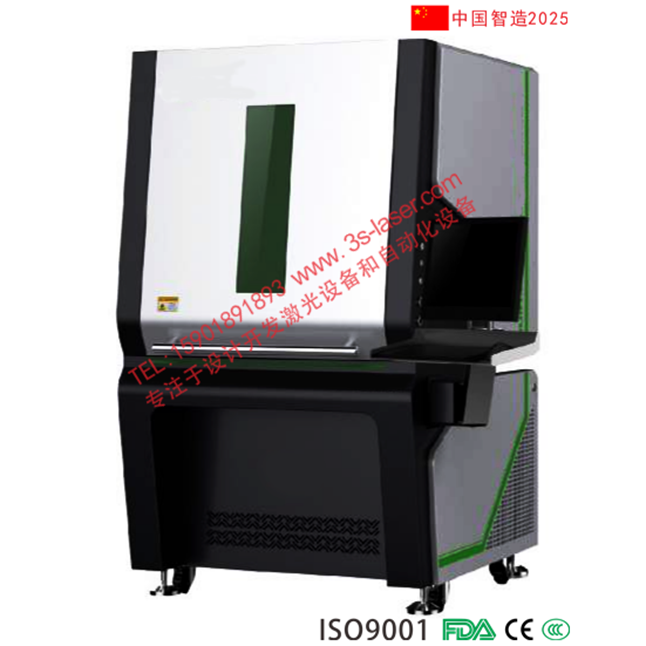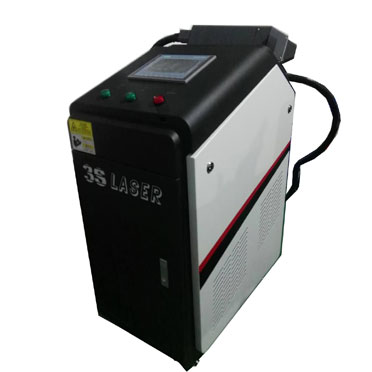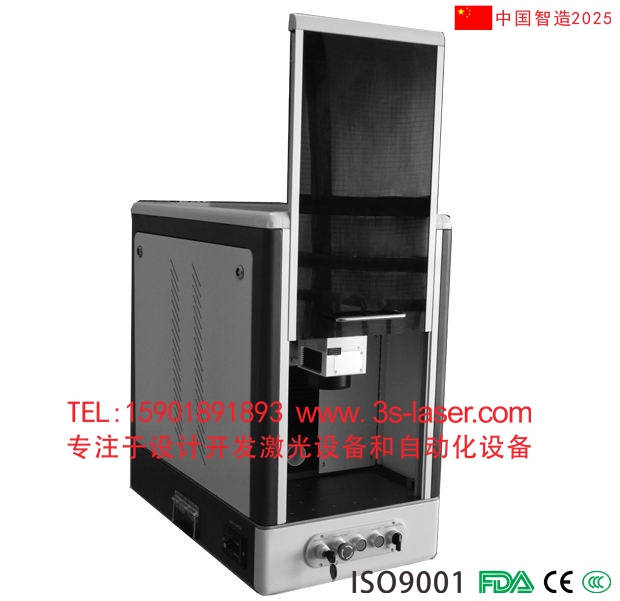8321u03pf8|20004BA6D256|bds289496167_db|article_category|content3|0xf3ff840a00000000a601000001001600
8321u03pfd|20004BA6article_category|content3
1, the vast majority of metal or non-metallic materials can be processed.
2, the laser is processed by non-mechanical "tool", the material does not produce mechanical extrusion or mechanical stress, no "tool" wear, non-toxic, rarely cause environmental pollution.
3, the laser beam is very thin, so that the consumption of processed materials is very small.
4, unlike the electron beam bombardment and other processing methods, X-rays are produced and not interfered with by electric and magnetic fields.
5. The operation is simple, the automatic machining can be realized by using the computer numerical control technology, the parts can be processed efficiently on the production line, and it can be used as a part of the flexible machining system.
6. Precision worktable can be used for fine machining.
7. Using microscopic system or camera system, the machined surface can be observed or monitored. The internal parts can be processed through transparent materials (such as quartz, glass). A prism and a reflection system can be used to assemble the beam onto the inner surface of the workpiece or on the tilted surface. Can mark bar code, number, character, pattern and so on.
11. The line width of these marks can be as small as 20 μ m, and the line depth can reach below 10mm, so they can mark the surface of parts of "good density" size.







